The knife has been a part of human culture for 2.5 million years. It started as a sharpened stone used to survive, build, and eat. Now, it has evolved into the traditional knife that people use to prepare a meal, harvest crops, for military purposes, etc.
Irrespective of the use, using a blunt knife can be futile. It demands more pressure that can force it to slip dangerously and hurt the user. Additionally, the pressure can also cause orthopedic issues like carpel tunnel and tendonitis.
Thus, it is best if you always use a sharpened knife. But how do you properly sharpen a knife?
Apart from relying on sharpeners and professional services, here are 6 ways to sharpen a knife without a sharpener.
How to Sharpen a Knife Without a Sharpener
Not everyone has access to a knife sharpener at all times. Additionally, contacting professional services to sharpen a knife is not economical. Thus, here are 6 economical ways to sharpen your blunt knife to improve its performance.
Method 1: Using a Honing Rod

A honing rod is a long cylindrical or ceramic rod specializing in sharpening steel. So, it is a powerful method that can straighten and realign the edges of a blunt knife.
You must place the honing rod vertically at a consistent angle of 15-20 degrees. Then, firmly hold the rod handle and the knife handle in one hand. Apply light pressure and start gliding the knife down the length of the rod.
Repeat this several times for each side to ensure the blade is straight and aligned.
Method 2: Using a Coffee Mug
The bottom rim of a ceramic coffee mug offers a stable and safe surface to sharpen your knife.
You must turn the cup upside down and match the knife’s edge to the rough side of the ceramic mug. Then, slide the knife across the rim in a consistent motion. This repeated motion performed an equal number of times for both sides of the blade will ensure its sharpness is restored.
Method 3: Using Sandpaper
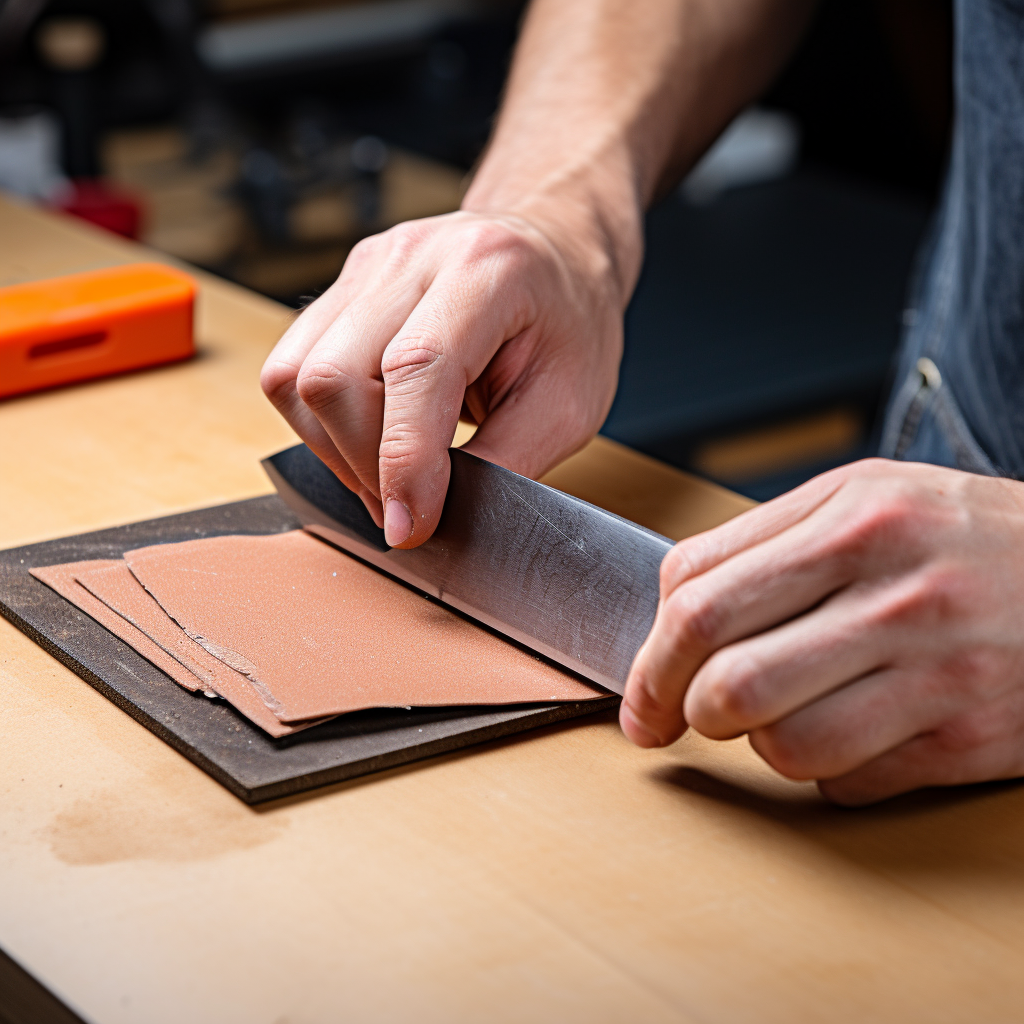
Sandpaper is known for its ability to smooth and shape surfaces. Thus, this is a perfect material to sharpen your knife.
Use sandpaper with a coarser grit, like 220 or 400, for initial sharpening. Then, shift to a finer grit paper of 100 or 2000 to refine and hone the edges.
Attach a coarse grit sandpaper neatly to a flat, stable surface and position your knife at the desired angle. Then, glide the blade smoothly from the base to the tip at a consistent angle several times.
You can switch to a finer grit sandpaper as you progress to achieve the desired sharpness level.
Method 4: Spine of Another Knife
The spine of a knife is the unsharpened portion of the blade that is away from the edges. The spine of a knife with a significantly harder steel or, more preferably, a ceramic knife can act as a hard surface. This surface can help you hone the edges of a blunt knife.
Take the blunt knife and run it along the spine of your ceramic knife several times in a consistent motion. This will sharpen it and make it ready for work.
Method 5: With Aluminum Foil
Aluminum foil is an excellent material to sharpen a slightly dull knife instead of a badly damaged one. You can fold a piece of foil four times or until it forms a square. Then, insert the knife blade and move it several times to sharpen it.
Method 6: Using a Rock
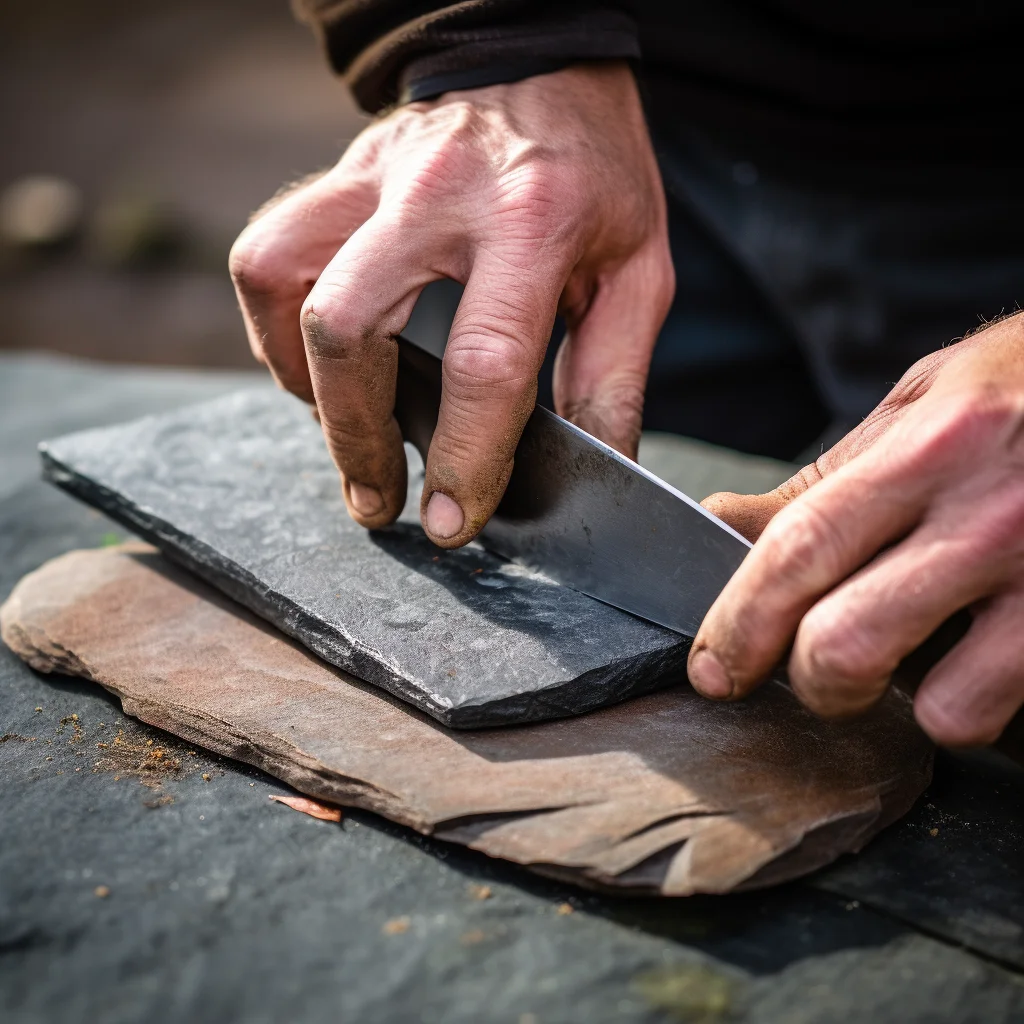
A flat rock with a slightly rough surface is all you need to sharpen your blunt knife.
Use the same technique of sliding both sides of the knife at a consistent angle several times. The rough surface will help smoothen the edges and restore their sharpness. Now you know how to sharpen a knife with a stone, rock, or a rough surface.
Key Takeaway
Sharpening a dull knife without a sharpener is easier than ever. You can use readily available materials like aluminum foil, rock, sandpaper, a coffee mug, the spine of another knife, and honing rod to sharpen your knife.
All you must do is slide the dull edge of the knife back and forth against these surfaces. Make sure you maintain an appropriate angle of 15-20 degrees to sharpen your blade.
However, since these are sharp objects, ensure you are cautious and patient while sharpening the knife.
FAQs:
What are the ways through which a knife can go dull?
A knife can go dull because of three major reasons. They are:
1. Metal fatigue: The metal on the blade’s edge starts to crack due to repeated usage of the knife.
2. Abrasion: Constant knife rubbing against other surfaces slowly wears down the edge.
3. Corrosion: The metal undergoes a chemical reaction when it encounters moisture and rust over time.
Why is sharpening a knife essential?
Safety measures to take when sharpening a knife without a sharpener are:
1. Maintaining proper grip and control over the knife when sharpening it.
2. Paying attention to the pressures and angles.
3. Being patient and cautious to prevent accidental injuries.

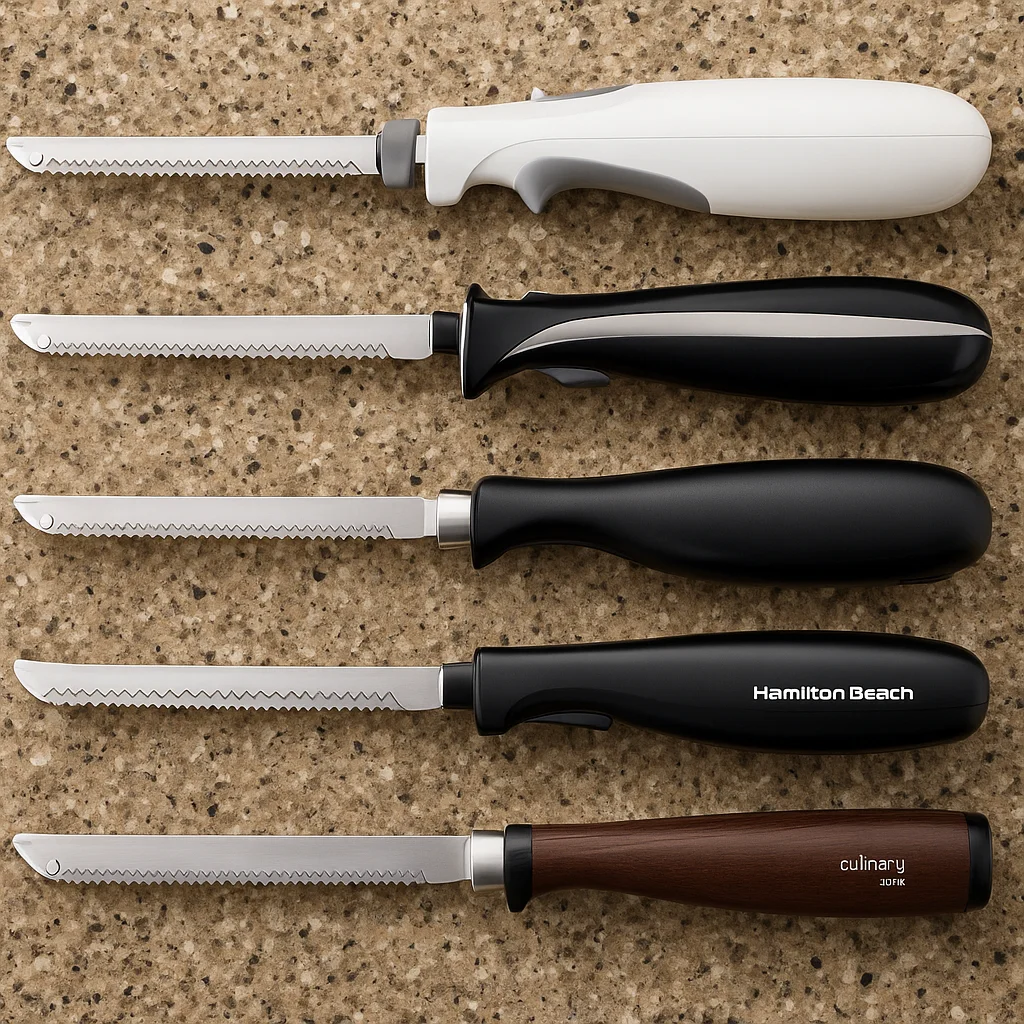
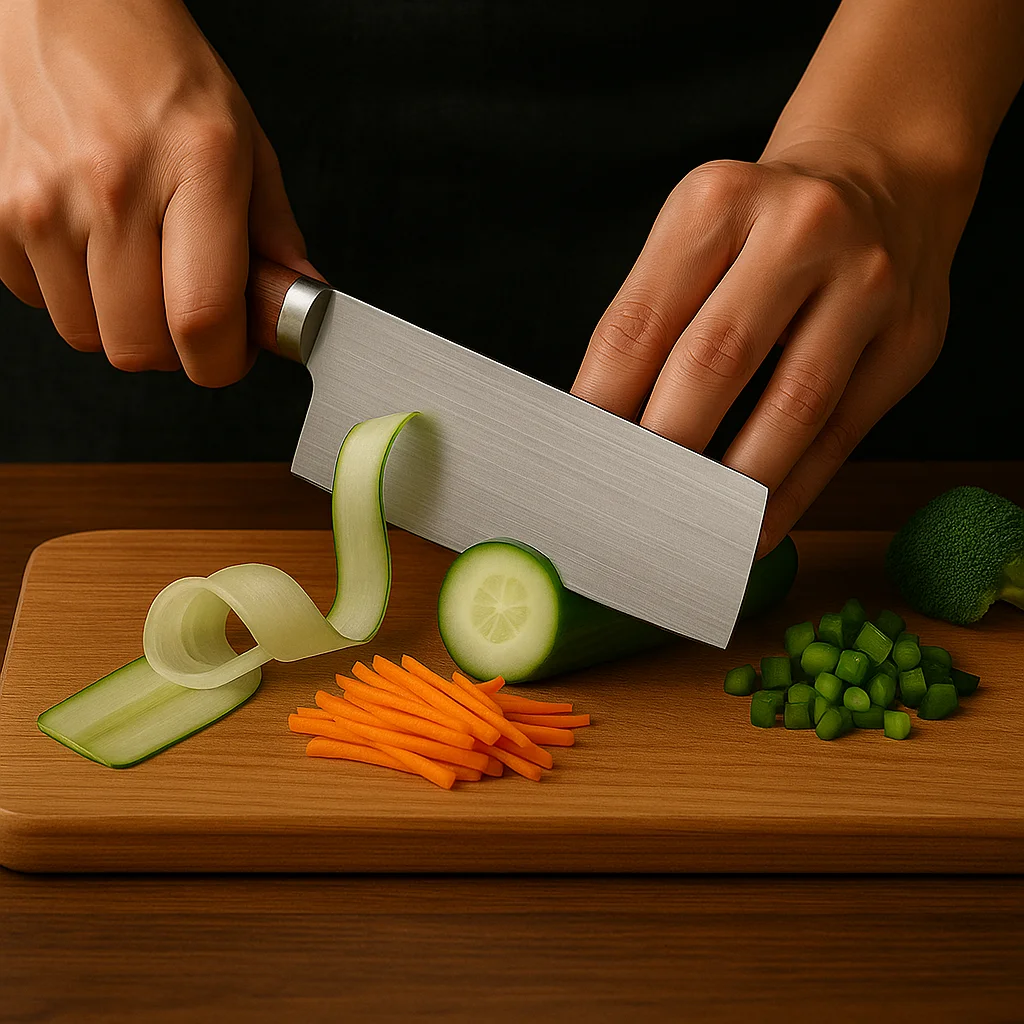
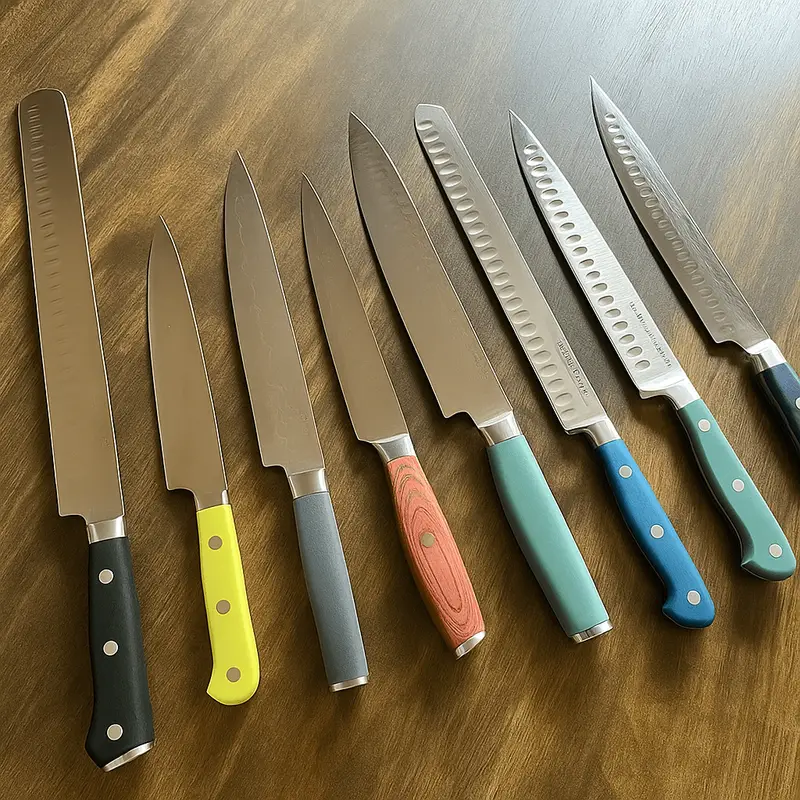
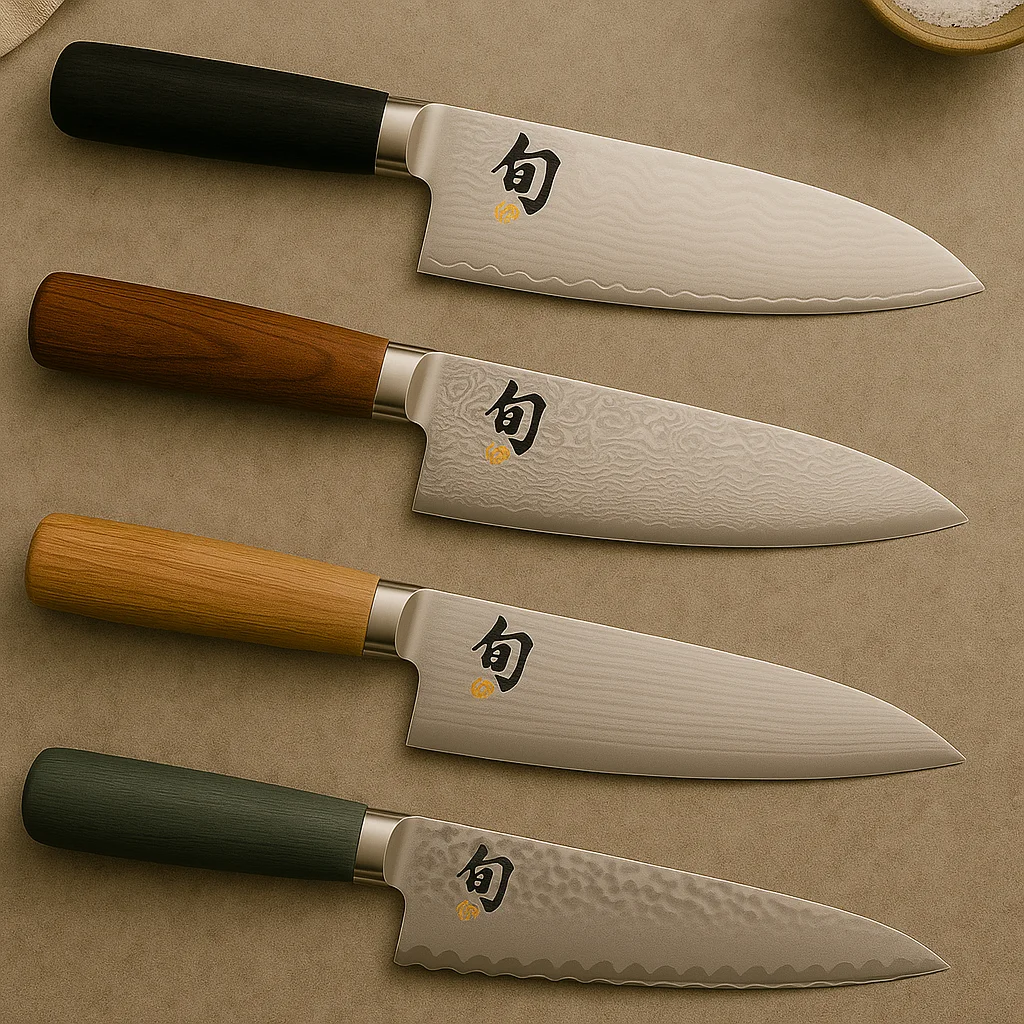
Leave a Reply